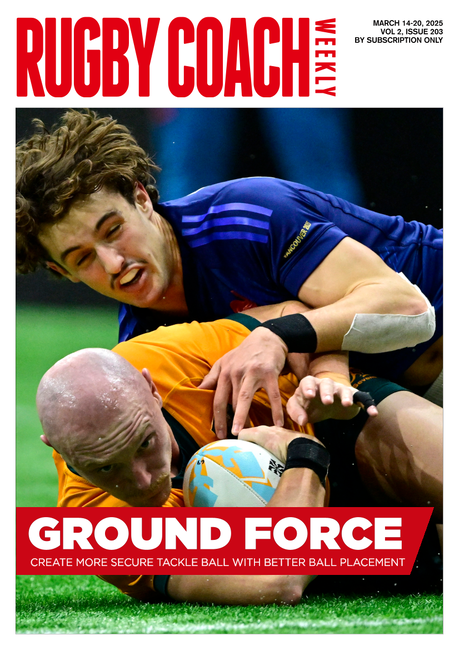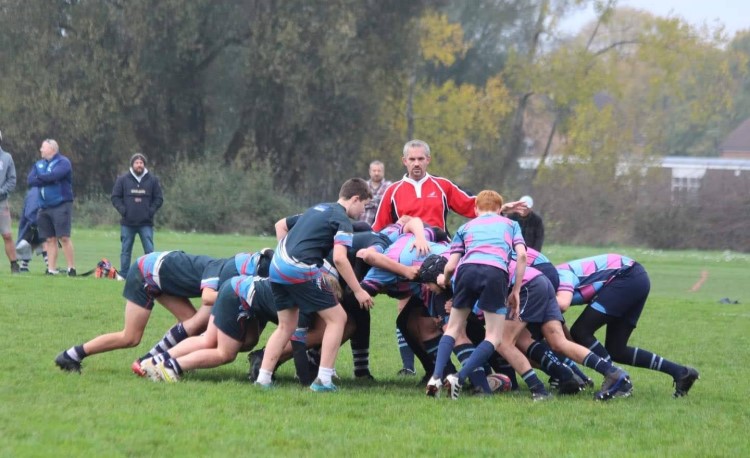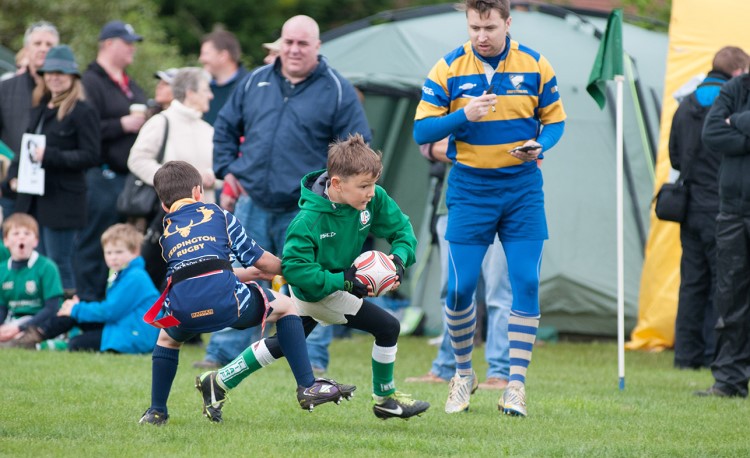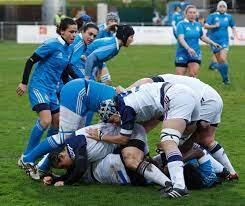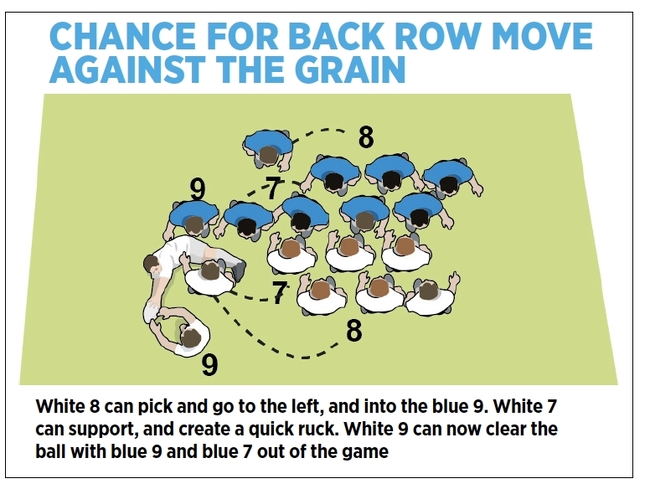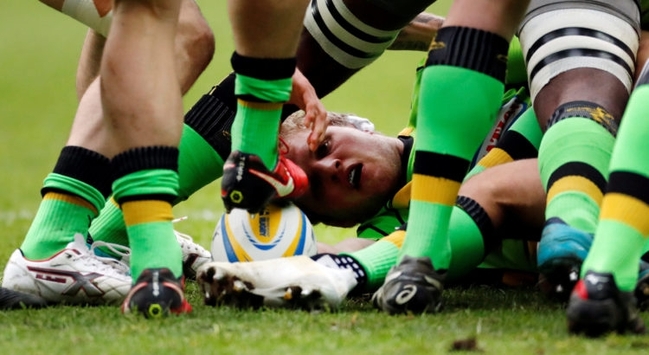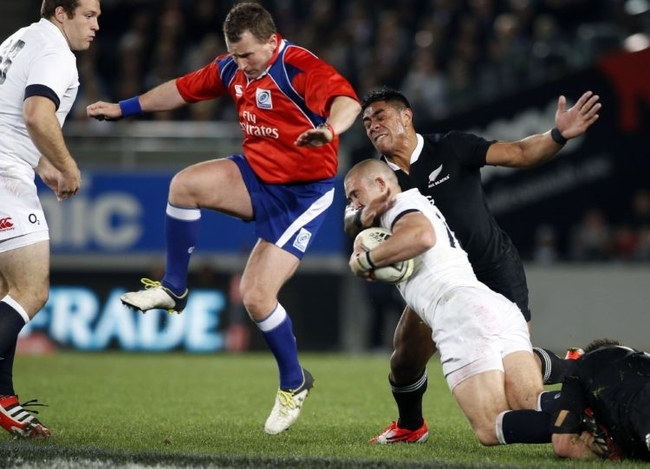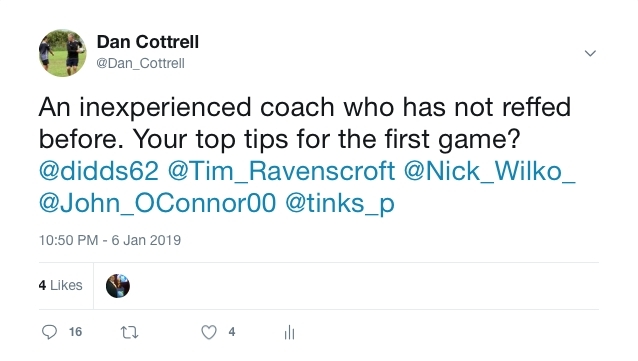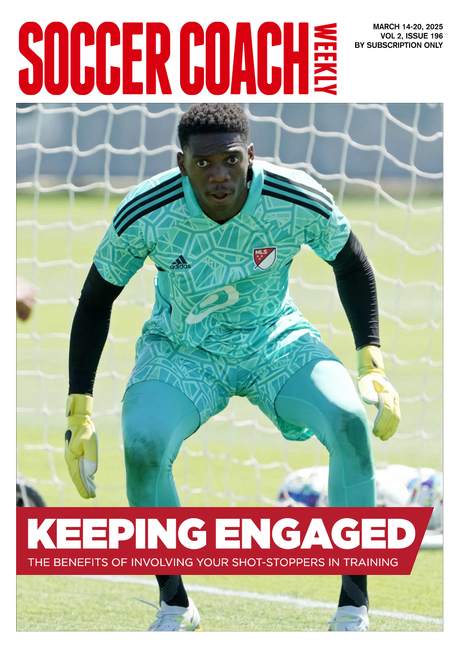Law trials 2022: Scrum free-kicks

Ian Diddams reviews the possible consequences of the current law trials being looked at in the Queensland Challenger series. In this second article, he focuses on the experiments around free kicks after the second scrum collapse.
Previously, we looked at how some experimental laws being trialled in Australia may affect the community game if they become fully encompassed. Now, we review the trials surrounding the scrummage.
There’s an experiment to require a scrum to set within thirty seconds of its award. Look at specific scrum laws involving resets and the defending scrum-half offside line.
To prevent large swathes of time being used up with multiple resets of scrummages, the trials look to restart the game with the least disruption following collapses. As discussed in the time-related trials, the final sanction is a tapped-only free kick.
First collapse: a re-set if no clear sanction, the same team keeps the scrum feed.
Second collapse: if there is no clear sanction, free kick to the feeding team.
60 SECOND SCRUM
COLLAPSE: Scrum award – 30 seconds for set. After the first collapse, reset and scrum
award – 30 seconds for set After the second collapse, a free kick.
In essence, these are pretty straightforward. Normal scrum-based sanctions apply for any identifiable law transgression. This trial is only for collapses or other stoppages without apparent infringement. Of course, the time-constraint trial of a scrummage formation within thirty seconds still applies. We can see that the most time spent with the ball, not in play, will be no more than 30 seconds at a time. and the total time spent from the initial scrum award to the ball back in live play is a little over a minute.
IMPACT ON THE GAME
How does this affect the community game scrummage? It may not make that much difference overall – the general perception is that multiple resets are not an issue in the community game.
However, what would the award of a tapped free kick from a second collapse mean in reality?
The most obvious benefit is the ten-metre offside line that comes with the free kick – defenders cannot influence play unless they begin from ten metres behind the free-kick mark.
In reality, a quickly taken free kick from the second collapse leaves the entire opposition pack and the scrum-half out of the game, with the attacking team going forwards fast. Even the defending backline may find themselves a metre or two offside as their five-metre scrum offside line plus the depth of their scrum may not yet equate to ten metres.
This is a potent attacking position as the defence scramble to get players back. A linear attack up the pitch could severely compromise such a defence while passing wide along a backline would provide opportunities for the defence to come forward.
Attacking side: tap and go straight up the pitch, with support on each side – “punch a hole.”
Defending side: consider a deeper backline alignment in case of a free-kick award.
LINK TO PREVIOUS ARTICLE ON TIME
LINK TO ARTICLE 9 POSITIONING
Related Files
Newsletter Sign Up
Coaches Testimonials

Gerald Kearney, Downtown Las Vegas Soccer Club

Paul Butler, Florida, USA

Rick Shields, Springboro, USA

Tony Green, Pierrefonds Titans, Quebec, Canada
Subscribe Today
Be a more effective, more successful rugby coach
In a recent survey 89% of subscribers said Rugby Coach Weekly makes them more confident, 91% said Rugby Coach Weekly makes them a more effective coach and 93% said Rugby Coach Weekly makes them more inspired.
Get Weekly Inspiration
All the latest techniques and approaches
Rugby Coach Weekly offers proven and easy to use rugby drills, coaching sessions, practice plans, small-sided games, warm-ups, training tips and advice.
We've been at the cutting edge of rugby coaching since we launched in 2005, creating resources for the grassroots youth coach, following best practice from around the world and insights from the professional game.

